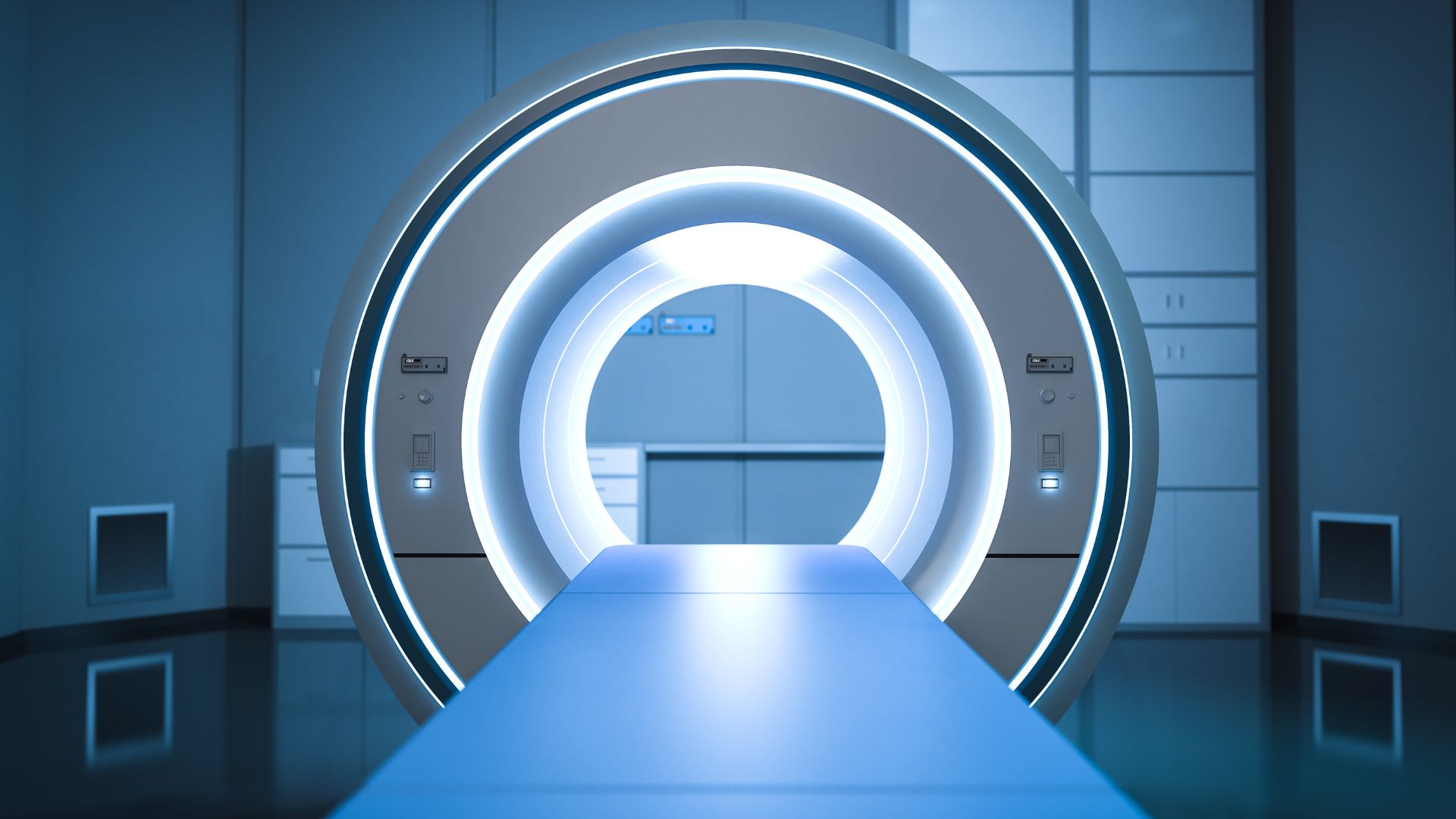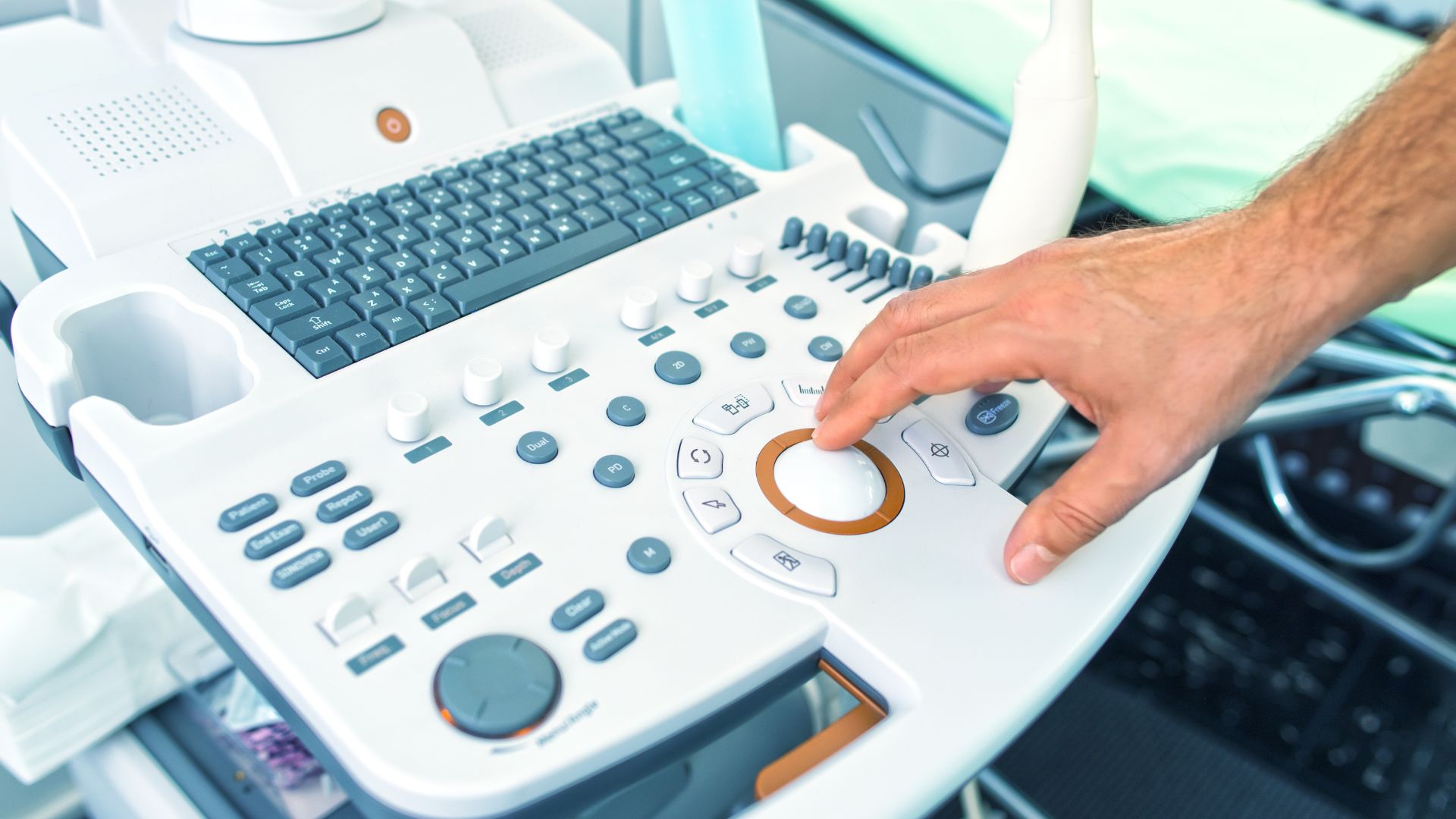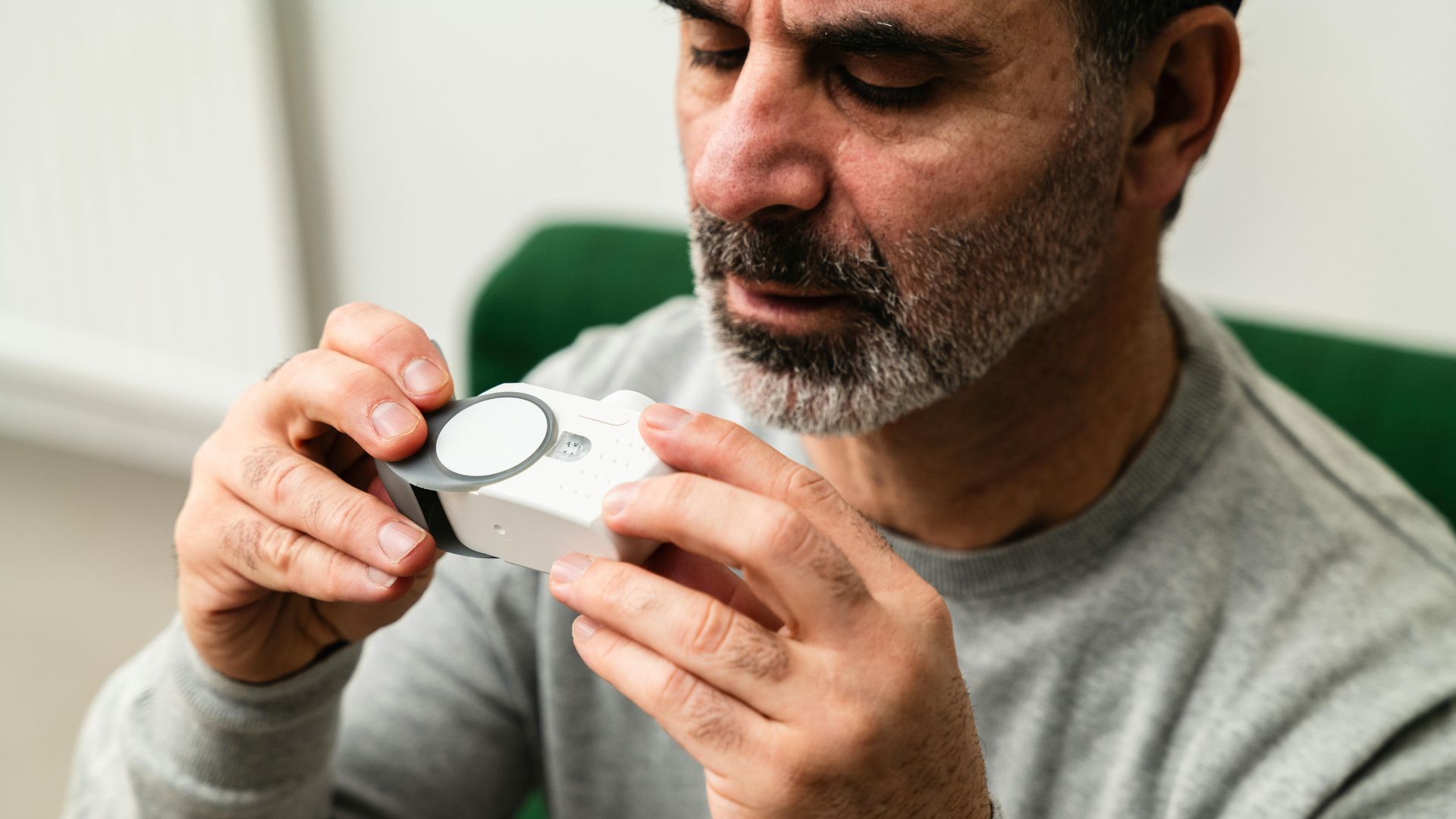Bringing Smart Dental Devices to the US
With advancements in AI, IoT connectivity & machine learning, smart dental devices are transforming dental care. These include AI-powered diagnostics, intraoral sensors & remote monitoring tools. Because they process patient data & interact with biological systems, they must meet FDA regulations for medical devices, software validation & cybersecurity. Failure to comply can result in Import Alerts, detentions & enforcement actions.
How the FDA Classifies Smart Dental Devices
Understanding how the FDA categorizes smart dental devices helps determine the regulatory pathway:
Device Classifications
- Class I (Low Risk): Basic digital dental tools, diagnostic software & smart toothbrushes. Often exempt from 510(k) clearance but require Establishment Registration & Medical Device Listing.
- Class II (Moderate Risk): Intraoral sensors, AI-based caries detection software & connected orthodontic monitoring devices. These require 510(k) clearance.
- Class III (High Risk): AI-driven surgical robots & smart dental implant monitors. These require Premarket Approval (PMA) due to their complexity & risk level.
Steps to Legally Market Smart Dental Devices in the US
To enter the US market, manufacturers must complete several key steps:
- Establishment Registration: All manufacturers & importers must register annually with the FDA.
- Medical Device Listing: Each smart dental device must be listed under the registered establishment.
- 510(k) vs. PMA Submission: Software-driven devices typically require 510(k); higher-risk devices using AI may require PMA.
- Software Validation & Cybersecurity Compliance: Devices storing or transmitting health data must follow FDA validation & cybersecurity standards.
- Labeling & UDI Compliance: All devices must include Unique Device Identifiers (UDI) for tracking & recall management.
Common Compliance Challenges & Solutions
Even the most innovative devices can face regulatory setbacks. Below are two real-world examples of how compliance missteps can impact approval timelines:
Case Study: AI-Based Cavity Detection Software Fails 510(k)
A manufacturer submitted for 510(k) clearance but lacked adequate validation studies to prove equivalence to an FDA-approved predicate. As a result:
- Approval was delayed due to added clinical trials.
- Additional AI model training & validation were required.
- The company needed expert consulting to ensure a compliant resubmission.
Case Study: Connected Orthodontic Device Detained Over Cybersecurity Gaps
A Bluetooth-enabled orthodontic monitoring device triggered an Import Alert due to data security flaws. The company was forced to:
- Redesign encryption systems to meet FDA standards.
- Update labeling with clear data privacy notices.
- Resubmit its 510(k) with improved cybersecurity validation.
Regulatory Considerations for Smart Dental Device Manufacturers
Key factors to keep in mind as you plan US market entry:
- FDA User Fees: Required annually, though Small Business Fee Assistance is available.
- Import Alerts: Cybersecurity or software validation failures can lead to shipment blocks.
- Certificate to Foreign Government (CFG): Required to export to many countries.
- Health Canada Licensing: Expansion into Canada may require an MDEL for Class I devices.
Sustaining Compliance After Market Entry
Approval isn’t the finish line—it’s the start of ongoing regulatory responsibilities:
- Electronic Medical Device Reporting (eMDR): All adverse events must be reported.
- FOIA Requests: Helpful for reviewing approval patterns for similar devices.
- Medical Device Master File: Useful for proprietary software & third-party components.
- Ongoing Consulting: FDA standards evolve—partnering with regulatory experts helps ensure continued compliance.
Preparing for Long-Term Market Success
Bringing smart dental devices to the US market requires more than clearance—it takes strategic foresight. From classification & cybersecurity readiness to sustained regulatory consulting, proactive manufacturers can minimize delays, reduce enforcement risk & position their innovations for long-term success.








